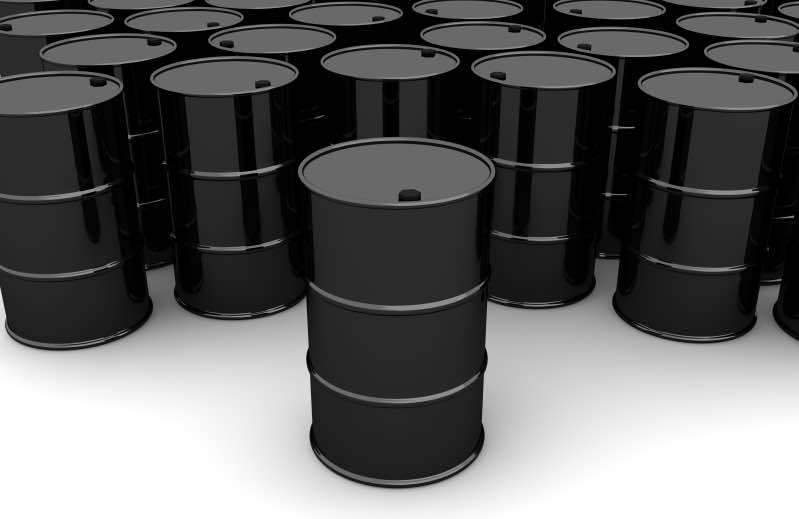April 2016, Vol. 243, No. 4
Web Exclusive
Hurdles Exist Using CO2 to Boost Oil Output in North Dakota

BISMARCK, N.D. (AP) — Significant barriers exist in using carbon dioxide to enhance oil recovery in North Dakota but the “long-term prize” could be billions of extra barrels of oil, a consultant told lawmakers Wednesday.
Curtis Smith, a geologist with Houston-based IHS Inc., told the North Dakota Legislature’s interim Taxation Committee that the technology to pump CO2 underground to bring more oil to the surface in North Dakota is presently unproven and expensive. There also may not be enough CO2 available in the state to be used for all oil wells, he said.
The price of oil also would have to be more than $80 a barrel — about twice what North Dakota sweet crude was fetching Wednesday — “for this to work,” he said.
The commission is considering tax breaks for companies that develop technology to enhance oil recovery from existing wells in North Dakota. Providing tax incentives to exploit more oil from western North Dakota’s oil patch has taken on new urgency with the downturn in oil prices and drilling activity.
The Legislature paid $395,000 for the study, a draft of which was presented Wednesday. A full report is due in July.
“There are still a lot of hurdles and lot of unknowns,” committee chairwoman Sen. Jessica Unruh, R-Beulah, told The Associated Press. The committee will draft a report on its findings this fall, along with any proposed legislation.
Carbon dioxide, which is widely blamed for global warming, has been injected successfully in other oil-bearing formations below ground to help recover more oil, though it has not been done successfully at a commercial scale in shale formations like North Dakota’s rich Bakken and Three Forks formations, Smith said.
“There are some uncertainties in the rock itself,” Smith said.
Coal powers seven of the state’s electric power plants, which also produce carbon dioxide. At Basin Electric Power Cooperative’s Great Plains Synfuels plant, CO2 has been captured since 2000 and piped 205 miles to oil fields in southern Saskatchewan, where it’s sold to companies that pump it underground to force oil to the surface.
Scientists at the University of North Dakota’s Energy and Environmental Research Center have been studying enhanced oil recovery in the Bakken shale using CO2 at two sites in North Dakota and one in Montana, said John Harju, an EERC vice president.
“They weren’t economical but they were instructive,” Harju said of the tests.
Besides enhanced oil recovery, capturing CO2 has the environmental benefit of taking it out of the atmosphere, researchers say.
“I’m confident we’ll crack this nut someday,” Harju said. “It’s not if, it’s when and where.”





Comments